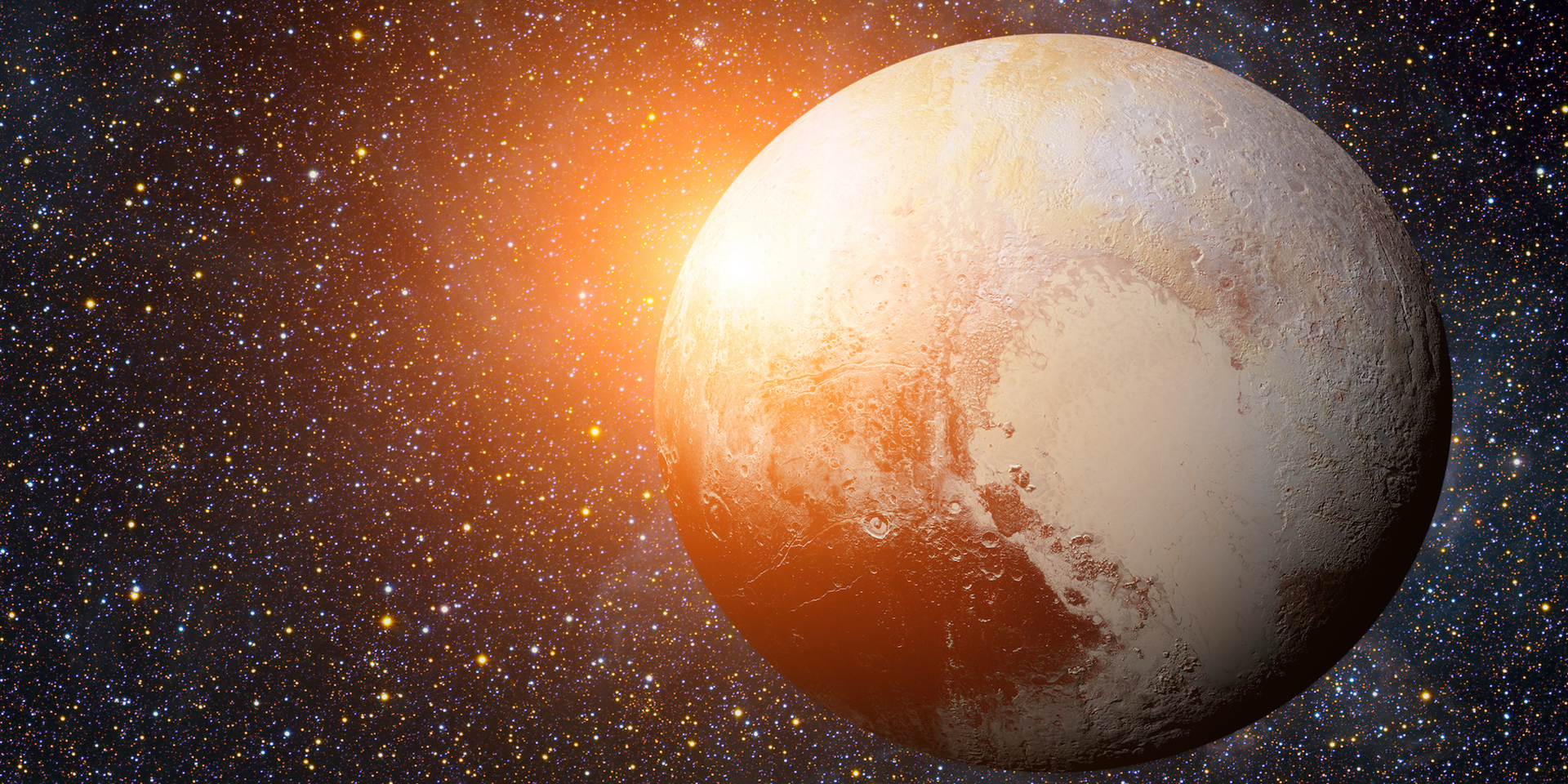
The Solar System | …And Beyond Module Outline
ABY.A | The Outer Limits
So here we are, teasing the edge of the Solar System and ready to jump into the Galaxy, right? Not so fast – there’s still more Solar System out there, and we’re not finished exploring it yet!
ABY.B | Pluto & Trans-Neptunian Objects
Planet, not a planet. Planet, not a planet. Planet….well, you get the idea. Pluto’s changed status a LOT, but it’s become everyone’s favorite underdog. We vote for planet, but that’s us. What do YOU think?
ABY.D | Space Through the Ages
Exploration is in our DNA as humans, and space exploration in particular has sparked our imaginations since we started looking up at the night sky. Explore some of the most momentous highlights of our journey as a species into that great unknown.
ABY.E | What’s Really Out There?
Join us as we explore the absolute furthest reaches of our neighborhood, imagining life in space as we ultimately travel out into our own Milky way. There’s so much more to see!
ABY.G | You ‘Oort-a’ See This
The Oort Cloud – it’s not another Asteroid belt, but what exactly IS it? Well, we’re completely sure, but astronomers have some interesting ideas about it and we’re going to check them out!
ABY.H | New Horizons & The Voyager Probes
How do we know so much about our far distant neighbors in our Solar System and even beyond? Meet some of the most ambitious inventions in human history as they open our eyes to the universe!












